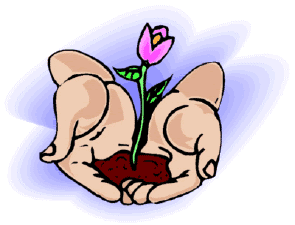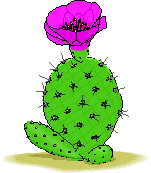BACKGROUND:
 Plants are living organisms and share
common characteristics with all other living things. All organisms are
composed of cells, grow, reproduce, and respond to various kinds of
stimuli like temperature. However, plants have additional
characteristics which distinguishes them from other organisms. Plants
have the ability to manufacture food (photosynthesis); have unlimited or
almost unlimited growth; and cell walls made of cellulose (used in
making paper). Students should learn that most plants are green, have
roots, grow, have flowers, have leaves, live in soil, and drink water.
Plants are living organisms and share
common characteristics with all other living things. All organisms are
composed of cells, grow, reproduce, and respond to various kinds of
stimuli like temperature. However, plants have additional
characteristics which distinguishes them from other organisms. Plants
have the ability to manufacture food (photosynthesis); have unlimited or
almost unlimited growth; and cell walls made of cellulose (used in
making paper). Students should learn that most plants are green, have
roots, grow, have flowers, have leaves, live in soil, and drink water.
The kingdom of plants includes seed
plants, algae, ferns, and mosses. Plants have many cells and tissues.
They make their own food using chlorophyll (the green pigment) through a
chemical process called photosynthesis, which converts water and carbon
dioxide into sugars, if there is enough light. They do not move on their
own.
Children sometimes mistake some
invertebrate animals, like coral or sea anemones as plants. Children
reason that if it looks like a plant, it is a plant. Even mushrooms,
most children think is a plant because it grows. Children that just see
a part of plant like a bulb, root, or seed may not think it is a plant
because it is not green.
PROCEDURE:
- Discuss with students the needs of
plants which include water, air, soil, light, and moderate temperatures.
You may want to make an overhead of the worksheet and discuss with
children why or why not each is a plant. For each box ask students to
answer the following questions in their mind before they answer yes or
no.
Does it move? (no)
Does it make its own food? (yes)
Can it live in the dark? (no)
Does it need soil to grow big? (yes)
Is it green? (yes)
Is it part of a plant? (yes or no)
- If their answer corresponds then
it is most likely a plant. Get your students to reason out the answer
and not to just give an answer. Although the frog is green it isn't a
plant and an onion is only part of a plant, that's why it isn't green.
The mushroom is not a plant, it is a fungi which cannot produce its own
food from the sun.
- You may want to go outside and
have the students determine what is a plant. Remember even grasses and
weeds are plants!